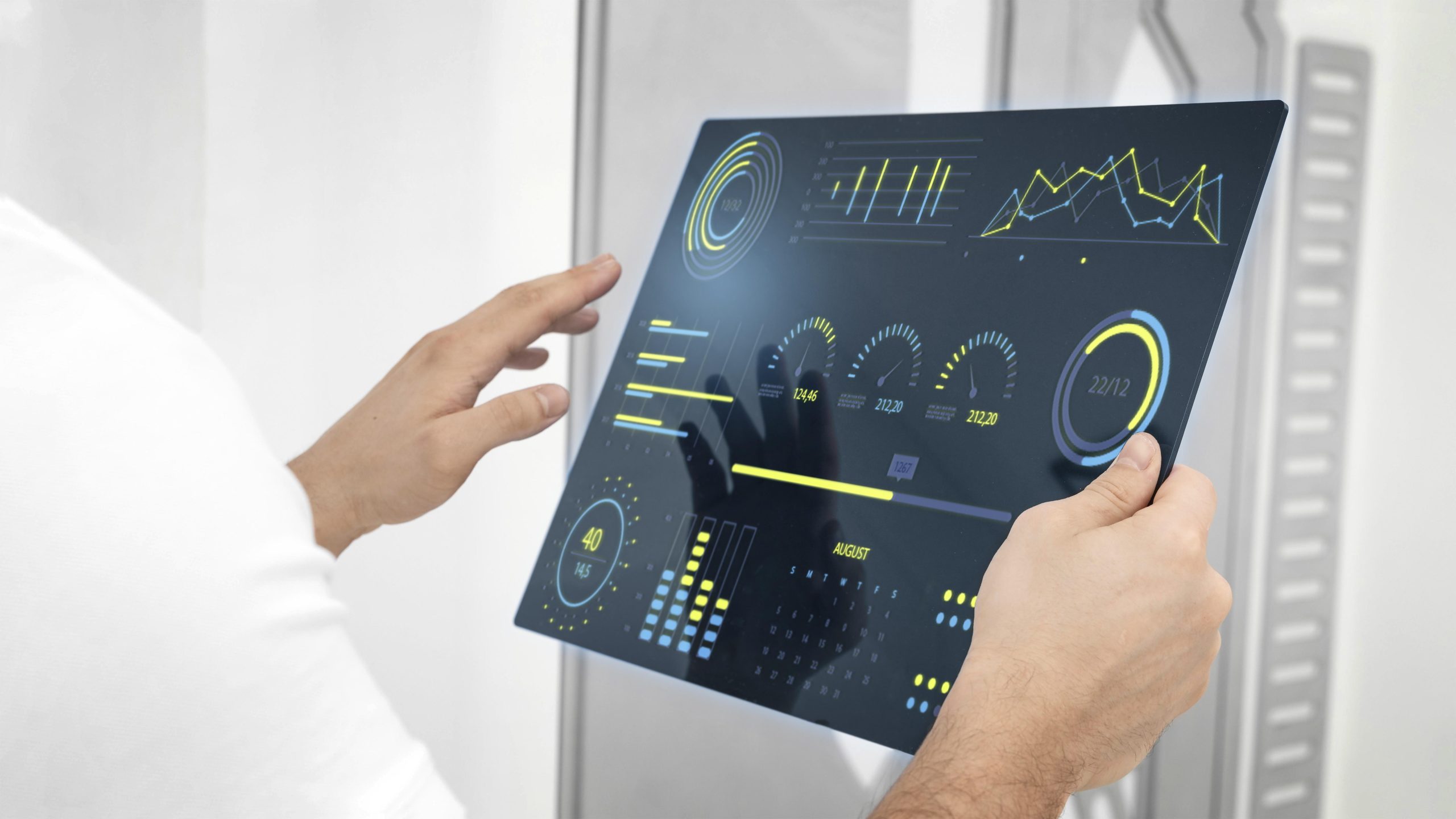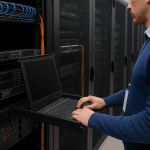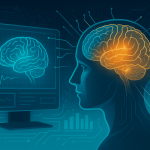
Tracking Performance and Errors in AI Workflows
Managing tracking performance and errors in AI workflows is critical for reliable results. Without monitoring, models can drift, slow down, or fail silently.
In this guide, you’ll learn how to monitor accuracy, identify bottlenecks, reduce failures, and boost your AI pipeline. We’ll cover tools, methods, and best practices to make your AI systems more dependable and scalable.
Why Tracking Performance and Errors in AI Workflows Matters
AI systems handle large amounts of data and automation. Even small issues can lead to big failures.
Benefits of tracking:
-
Detects model drift before it impacts predictions.
-
Improves accuracy by spotting recurring errors.
-
Speeds up troubleshooting during deployment.
-
Reduces costs by identifying resource waste.
Without proper tracking, debugging AI systems can take days or weeks.
For more about AI operations, check our guide to AI monitoring .
Key Metrics for Tracking Performance and Errors in AI Workflows
To make your monitoring effective, focus on measurable indicators.
Core Performance Metrics
-
Latency: Time taken to process data and return results.
-
Throughput: Volume of data or tasks handled per second.
-
Accuracy: Percentage of correct predictions.
-
Resource Usage: CPU, memory, and storage utilization.
Error Tracking Metrics
-
Model Drift: When predictions deviate from expected behavior.
-
Data Quality Errors: Missing, duplicate, or inconsistent data.
-
Pipeline Failures: Crashes or missing outputs in workflow stages.
Use tools like Prometheus or TensorBoard to collect these metrics.
Tools for Tracking Performance and Errors in AI Workflows
Monitoring AI workflows doesn’t require building everything from scratch.
Open-Source Tools
-
MLflow: Tracks experiments, models, and metrics.
-
Prometheus + Grafana: Real-time monitoring dashboards.
-
TensorBoard: Visualizes model training and performance.
Enterprise Platforms
-
Datadog AI Observability: Centralized monitoring.
-
AWS SageMaker Debugger: Automated tracking of training jobs.
Best Practices for Tracking Performance and Errors in AI Workflows
Implementing tracking correctly ensures long-term success.
Steps to Follow
-
Automate Logging: Capture all events, metrics, and errors.
-
Set Alerts: Trigger notifications for unusual behavior.
-
Monitor in Real Time: Use dashboards for instant visibility.
-
Review Historical Data: Find trends that lead to failures.
-
Test Continuously: Run regression and performance tests.
Consistency helps you detect small problems before they become major issues.
Common Challenges in Tracking Performance and Errors in AI Workflows
Even with good tools, challenges can slow your team.
What to Watch Out For
-
Alert Fatigue: Too many alerts can overwhelm teams.
-
Data Overload: Collecting too many metrics can be hard to manage.
-
Lack of Ownership: No clear responsibility for monitoring.
These can be solved with automated thresholds and clear tracking policies.
FAQ on Tracking Performance and Errors in AI Workflows
How often should I track AI workflow performance?
Daily monitoring is ideal, with real-time alerts for critical systems.
What tools are best for error tracking?
MLflow and Prometheus are top choices for most AI teams.
Why is tracking so important?
It prevents failures, improves accuracy, and saves resources.
Conclusion
Tracking performance and errors in AI workflows is key for accuracy and reliability. By measuring the right metrics, using the right tools, and applying best practices, your AI systems can run faster and fail less often.
For more optimization tips, check out our Top Automation Tools IT Pros Use to Transform Workflows guide.
Author Profile

- Online Media & PR Strategist
- Hello there! I'm Online Media & PR Strategist at NeticSpace | Passionate Journalist, Blogger, and SEO Specialist
Latest entries
 ColocationNovember 12, 2025Colocation Security Model Implementation
ColocationNovember 12, 2025Colocation Security Model Implementation Artificial InteligenceNovember 7, 2025SAP AI Strategy Enterprise Advances and Developer Tools
Artificial InteligenceNovember 7, 2025SAP AI Strategy Enterprise Advances and Developer Tools Scientific VisualizationOctober 29, 2025Federated Learning Technology in Medical Privacy AI
Scientific VisualizationOctober 29, 2025Federated Learning Technology in Medical Privacy AI Scientific VisualizationOctober 29, 2025Brain Visualization Ethics: Balancing Innovation and Privacy
Scientific VisualizationOctober 29, 2025Brain Visualization Ethics: Balancing Innovation and Privacy

